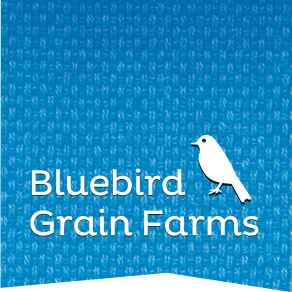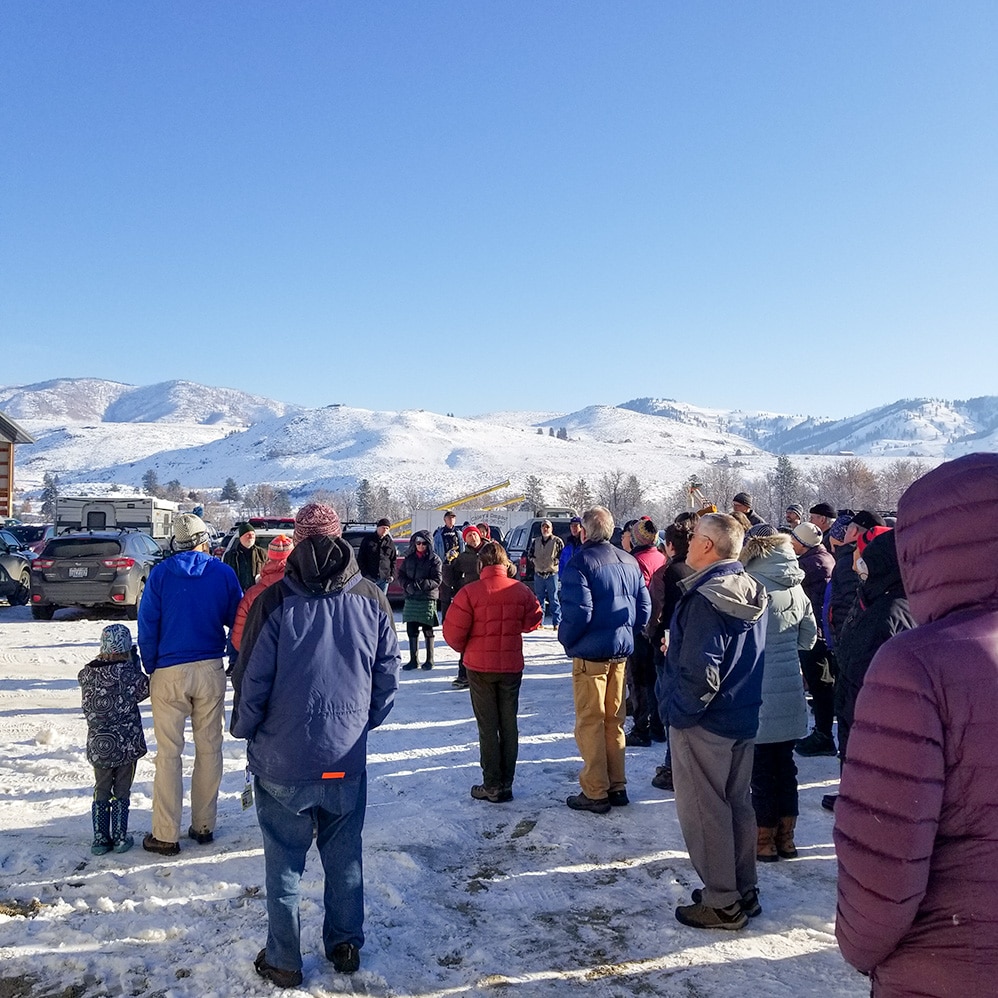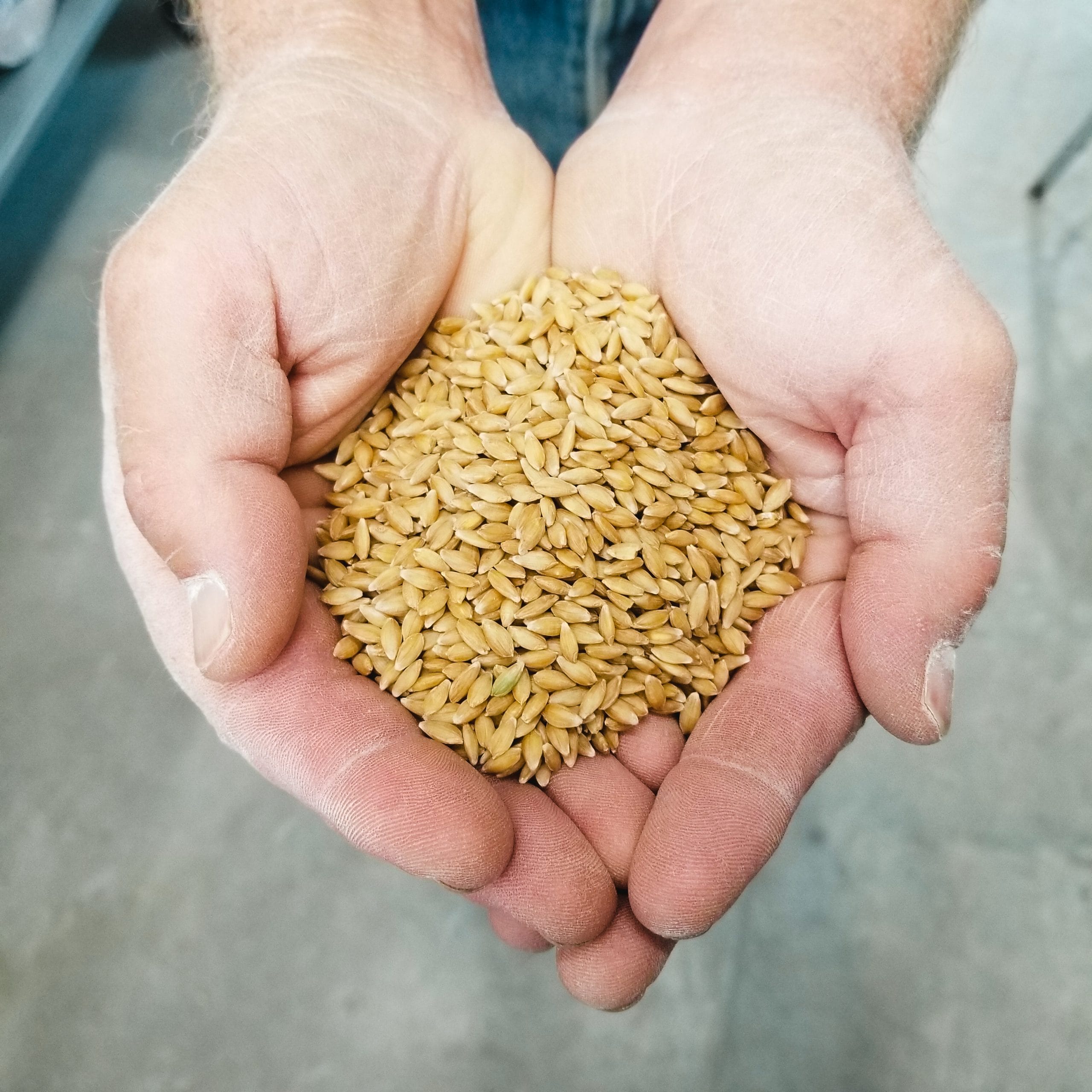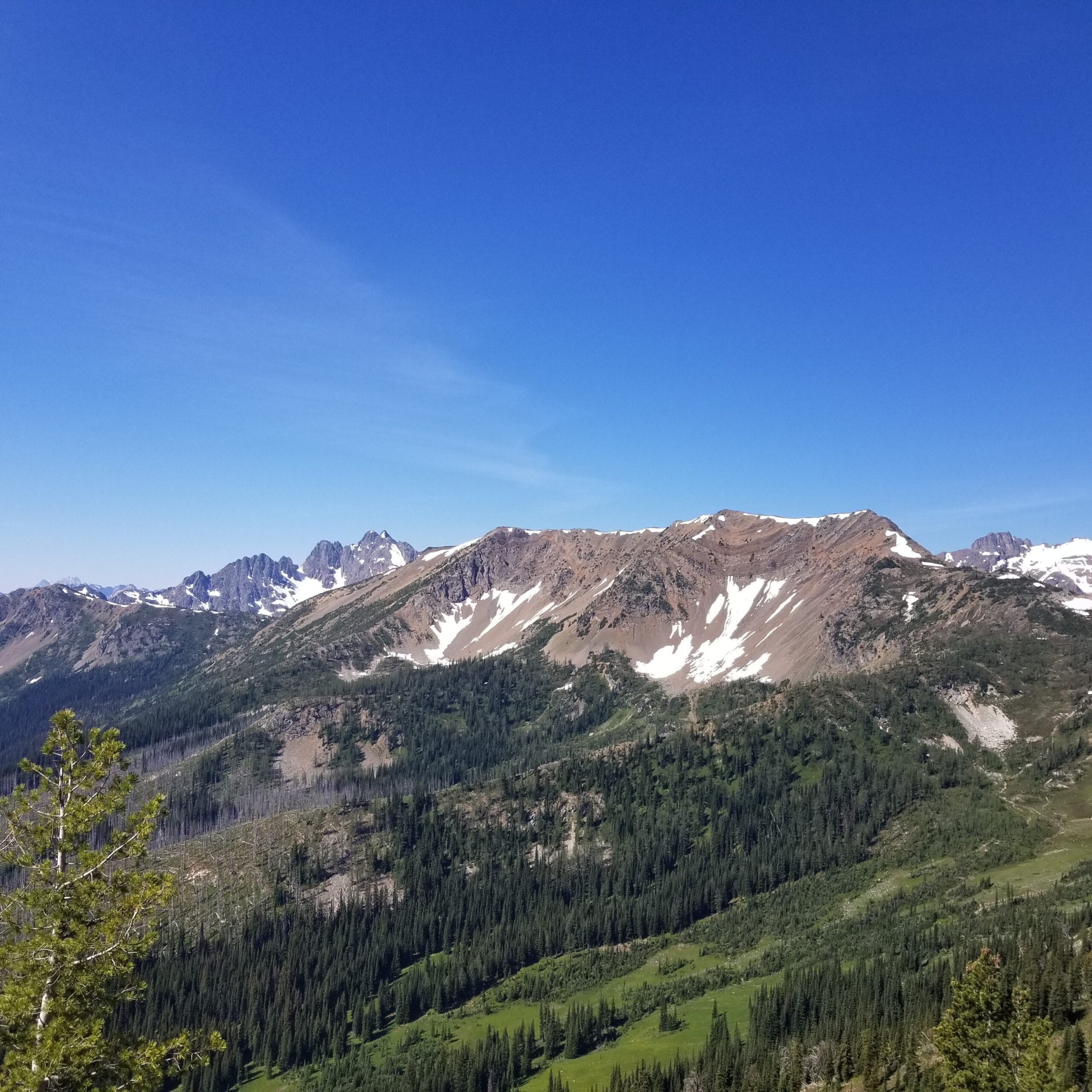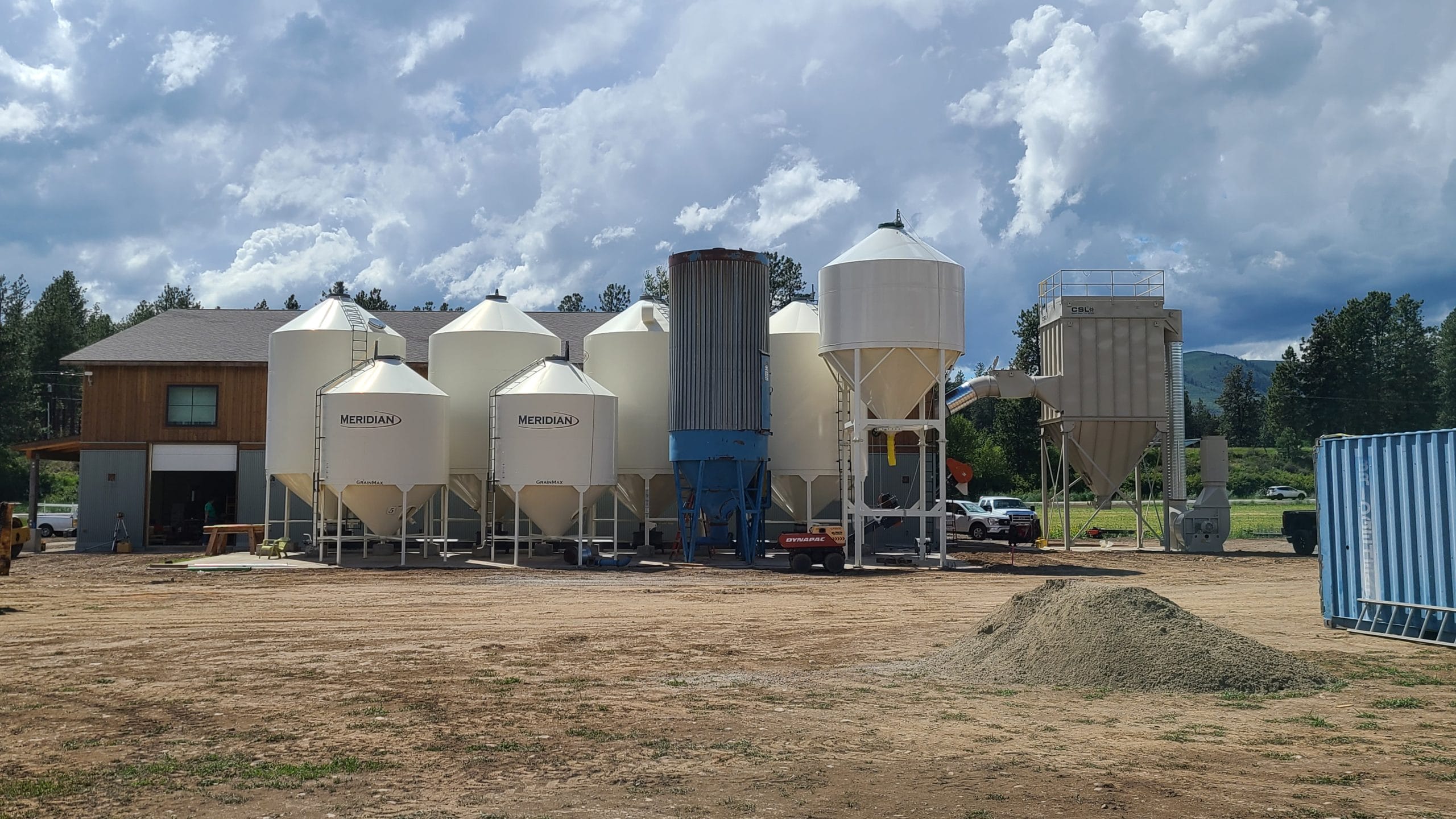‘Tis the season, truth to tell! Thanksgiving has come and gone and this year could have easily passed for a Christmas setting. Hopefully, most have gotten into better eating shape at this point because now the real test comes: Christmas!
Winter descended on our little Valley November 7th and has been building on that early visit ever since. Here we are on the Winter Solstice and we’ve already had 6 weeks of true winter with plenty more on the way. Over three feet of snow and temperatures seldom into the teens have combined to quiet the countryside. As with all things Nature, an early winter means there are both winners and losers.
Winter birds seem to gain: Juncos, chickadees, nuthatches, finches and birds of prey. However, ground dwellers such as quail, sparrows and partridge seem to lose. The deer definitely lose when a winter like this one begins early. Cougars and coyotes on the other hand, thrive. I so admire all these wild creatures with no fire to cozy up to – no apparent shelter to find refuge from the cold and snow. I constantly try to learn just how Nature has evolved and perfected the true art of survival – an evolution that has worked for so many of her creatures. That anything makes it through a deep winter as such is a wonder. To be sure, that survival for some, comes at the cost of others. So, as the snow banks build and the wood pile dwindles, I do indeed count my blessings.
One of our biggest blessings is that of good food. You see, it all comes back to food! At Bluebird we feel happy about providing nutritious food to so many. As well, we are happy to eat good food provided by so many others. You will see in this month’s profile, we have an in-house representative of our goods, and someone who keeps us from going hungry on these cold, winter mornings at work! Thank you Shariee!!
The holidays always give us an up-tick in orders here at the mill, and this year is no exception. We are grateful to be receiving, processing and shipping all these nice orders from our new facility. There has been plenty of snow plowing for me to stay out of mischief while I’m reminded of all those years (17!) we operated up in the foothills of the Rendezvous. Crazy!
I think our freight handlers are as delighted as we are to be shipping and receiving on flat terrain, and so close to the main highway. Also, I suspect our great employees don’t miss the snowy, whiteout drives up the Rendezvous to work some days, either. If nothing else this year, we’ve improved our work space and work site. As I’ve mentioned before, this alone is huge for us. And has consumed all hands on deck during 2022.

That mentioned, we also have been serving up our usual assortment of fresh grains and flours and mixes without a shift in stride. Again, thanks to our excellent local crew! While continuing to service current customers, we recently have picked up a few newer customers of varying sizes. This is exciting for us, and what we have anticipated. With our bigger production capacity and built in efficiencies, we look to gain and service a much wider clientele. We look forward to this opportunity, as it also gives opportunity to further spread the wealth of good grains grown through the most sustainable of practices. Our Bluebird ethics have remained the same through all these transitions, and now we hope to have a bigger impact on a greater crowd of farmers, consumers and thus, a positive impact on a bigger landscape as well.
Beginning next year, I will be writing about some of these partnerships we’ve been forming. I will explain what they mean to Bluebird, Bluebird customers and ultimately, what I feel they can do for the planet and future generations. These are exciting times in Agriculture. These are exciting times. As our brand grows so grows our network. We are very fortunate.
Meanwhile, as the snowpack builds and I look across our fields I think of all the microbial activity going on even now during the “darkest” time of the year, and at 18 below 0. The ground never froze this year and now with a great blanket of insulation over everything, I know a lot is happening way down under. Certainly, we will have a great recharge in this Spring’s moisture profile. As well as a great mountain snowpack which should fill our streams and rivers for the summer.
I love the quiet, dark and deep of this season. At the same time, I know there are so many in need and how the hardships of the season can weigh on them. Please keep the less fortunate in mind as we gather round the hearth this merry holiday. Just the smallest gestures of kindness can go a long way, particularly in today’s often less than friendly world. We need the spirit of Christmas to ring true now, perhaps, more than ever. My main Christmas Wish… Peace on Earth.
Cheers, Farmer Sam
